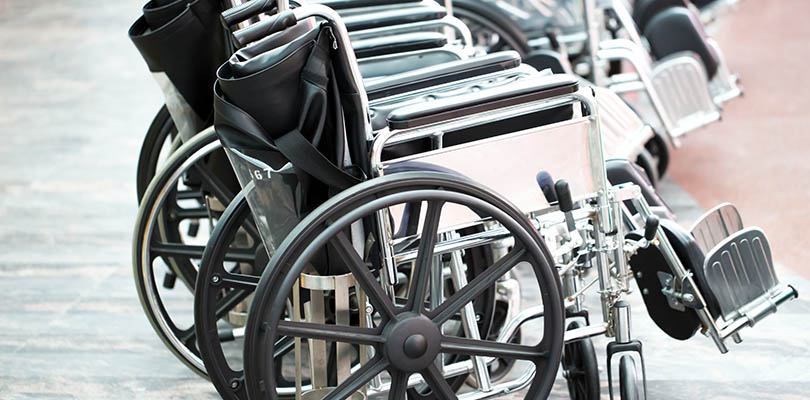What Is Idiopathic Pulmonary Fibrosis?
Idiopathic pulmonary fibrosis (IPF) is a disease that causes scar tissue (i.e., fibrosis) to grow inside your lungs. This lung disease gets worse over time and changes the lungs’ ability to function. The thick scar tissue in the lungs slows oxygen flow, making it difficult to breathe.
Some people are at higher risk for developing this lung problem because of environmental exposures or other factors. But in some cases, there is no clear cause – so doctors refer to the problem as “idiopathic.”
Those at higher risk have these factors in common:
- Working around dust or fumes, including hairdressers, farmers, stone cutters and metal workers.
- Over age 60 when diagnosed.
- History of smoking.
- Acid reflux disease.
- Men are at higher risk than women.
- A family history of the disease.
Pollution exposure can also trigger this disorder, and even certain medications can be the cause.
What Are Symptoms of Idiopathic Pulmonary Disease?
Many people have idiopathic pulmonary disease for many years without realizing it. However, after so many years of the lungs becoming scarred, the symptoms become worse. Every person has a different pattern of disease symptoms, and they develop at a different pace.
Not everyone who takes an antidepressant will experience uncomfortable side effects. Learn about the most common antidepressant side effects here.
Typical symptoms include:
- Chronic dry cough.
- Shortness of breath, especially during any physical activity like walking.
- Feeling tired all the time.
- Losing weight without explanation.
- Tips of fingers have widened, called clubbing.
- Legs are swollen.
Diagnosing Idiopathic Pulmonary Thrombosis
This condition is very similar to other lung diseases, so it may be difficult for your doctor to make a diagnosis. You may need multiple visits to the doctor and numerous tests.
If your breathing doesn’t improve, you will probably be referred to a pulmonologist – a specialist who treats lung problems.
What Is the Treatment for Idiopathic Pulmonary Thrombosis?
Your doctor will prescribe a treatment plan with several factors:
- Medicine. Two medications have helped slow the scarring and retain lung function. Researchers are learning more about the two drugs, nintedanib (Ofev) and pirfenidone (Esbriet), and how they work with this disease. Both are FDA-approved to treat idiopathic pulmonary thrombosis.
- Oxygen therapy. Many people use oxygen via a small oxygen tank to help them breathe. When you breathe oxygen, the oxygen in your blood gets a boost - relieving shortness of breath so you can be more active.
- Exercise. An exercise program can help improve breathing. A pulmonary rehabilitation therapist will show you the exercises that will help most. You must also focus on relaxation and healthy eating.
- Vaccinations. Flu and pneumonia shots are critical every year, as people with idiopathic pulmonary fibrosis are affected more severely.
For some patients, lung transplant surgery may be an option. This is major surgery to give you a new lung or lungs, to help you live longer. People with the very advanced disease are typically those most likely to have transplant surgery.







